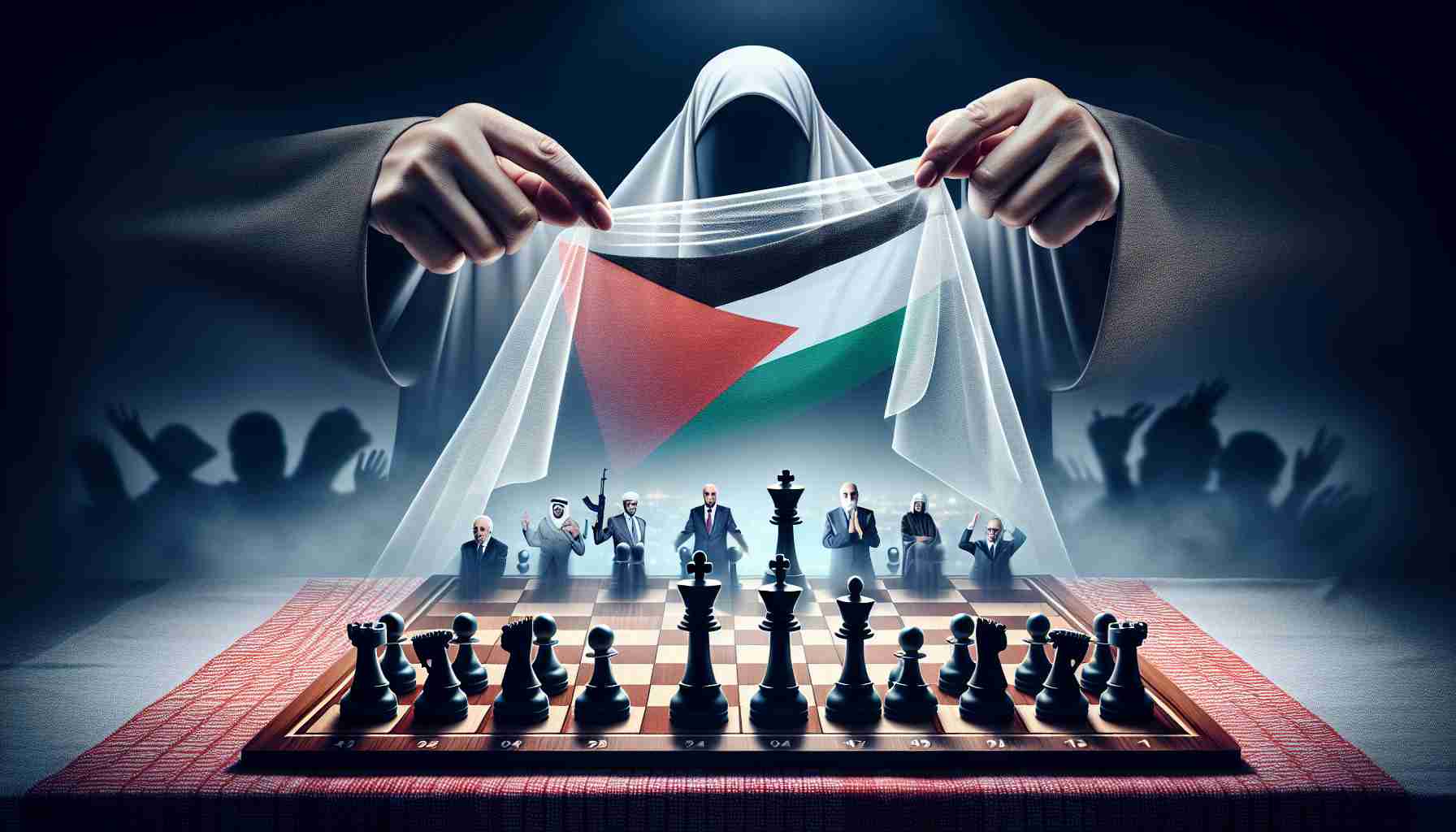- Marco Rubio, U.S. Secretary of State, visits the Middle East under tension following a recent exchange of hostages for prisoners.
- President Trump’s bold proposal aims to transform Gaza into a “Riviera of the Middle East,” but involves the controversial relocation of over 2 million residents, raising concerns of ethnic cleansing.
- Israeli Prime Minister Netanyahu supports the plan, while international reactions are skeptical, emphasizing the fragility of regional peace.
- The ceasefire remains unstable, with recent hostages reuniting with families amid lingering Palestinian anger.
- Washington insists on Trump’s proposal as the only solution, pressing Arab leaders for alternatives as ceasefire talks progress.
- Rubio’s upcoming discussions in Saudi Arabia and the UAE hold significant implications for future peace efforts.
Under a scorching Mediterranean sun, Marco Rubio, the U.S. Secretary of State, descended onto the heated landscape of the Middle East, his briefcase brimming with the audacious plans of President Trump. In the aftermath of the recent exchange of hostages for prisoners, the air vibrated with tension and hope, as Rubio prepared to meet Israel’s Prime Minister in the heart of Jerusalem.
In a region accustomed to turmoil, Trump’s radical proposal to reforge Gaza stands as a bold testament to ambition. The proposal envisions the transformation of this beleaguered land into a glittering “Riviera of the Middle East,” juxtaposing luxurious imagery against the backdrop of more than 15 months of relentless bombardments. Yet, this vision comes with a chilling caveat— the forceful relocation of over 2 million residents, a move that experts warn veers dangerously close to ethnic cleansing.
Netanyahu, freshly returned from a receptive visit to the White House, eyes the plan with anticipation. Yet, the world watches warily as foreign leaders express unease, their skepticism casting long shadows over an already fragile peace. Still, Trump’s unwavering stance lends gravitas to the proposal, with Rubio’s visit representing a pivotal moment in delicate negotiations.
Meanwhile, the fragile ceasefire flickers like a candle in the wind. Recent hostages, finally free, reunite with tearful families while the embers of Palestinian indignation smolder under Gaza’s ruined horizon. Released prisoners discard and incinerate the symbols of their captivity, a bonfire of defiance lighting up the night.
The world holds its breath as Washington’s firm dictum—Trump’s plan remains the sole blueprint—presses on Arab leaders to devise alternatives. With a second phase of ceasefire talks on the horizon, the clock ticks as the region scrutinizes Rubio’s every move. As he prepares for further discussions in Saudi Arabia and the UAE, the stakes for peace and pragmatism have never been higher, and the world watches, waiting for the pendulum to swing.
Is Trump’s Vision for Gaza a Feasible Reality or Just Another Mirage?
How-To Steps & Life Hacks: Navigating Middle East Diplomacy
1. Understand the Historical Context: Gain a deep understanding of the region’s history through resources like documentaries and books. Familiarize yourself with significant events like the Oslo Accords and the Intifadas.
2. Engage with Local Perspectives: Follow regional news outlets in both Israel and Palestine for diverse viewpoints. Engage in forums or attend talks that focus on Middle Eastern studies.
3. Consider Interpersonal Dynamics: Recognize the human element and emotional nuances by studying cases of successful past diplomatic missions.
4. Build Soft Skills: Develop negotiation and mediation skills through workshops and role-playing scenarios.
5. Stay Informed on International Relations: Leverage online courses from reputable universities to stay updated on global diplomatic strategies.
Real-World Use Cases
– Economic Revitalization: Similar transformative efforts can be seen in the redevelopment of Beirut’s Solidere district after the Lebanese Civil War, a reminder that cities can rise from ruins into thriving centers.
– Tourism as a Peace Tool: The peace pact between Jordan and Israel accelerated tourism and cultural exchange, enhancing mutual understanding.
Market Forecasts & Industry Trends
The revitalization of Gaza along the lines proposed could substantially boost sectors like tourism, real estate, and infrastructure within the wider Middle East. According to a World Travel and Tourism Council report, the Middle East saw over 83 million international tourist arrivals in 2023, with potential for double-digit growth if peace prevails.
Controversies & Limitations
– Ethnic Cleansing Concerns: The proposed relocation of over 2 million residents could be internationally contentious. Critics compare it to historical episodes of forced evacuations, leading to legal and moral ramifications.
– Achievability of Security: Balancing development with long-term security in this volatile region remains a critical challenge. Historical ceasefire failures highlight the precarious nature of peace.
Features, Specs & Pricing
While the proposal lacks specific financial backing details, similar projects suggest potential costs in the billions. A peace-driven investment environment could facilitate partnerships with international bodies like the UN and World Bank.
Security & Sustainability
– Environmental Sustainability: Introducing green energy solutions and sustainable building practices can turn Gaza into a model “green city.”
– Digital Security: Collaboration with cybersecurity firms is essential to protect emerging economic infrastructures from digital threats.
Insights & Predictions
Experts anticipate that, with proper execution and international cooperation, Gaza’s transformation could hold precedent as a peace-through-prosperity initiative. Strategic patience and humanitarian considerations will be key.
Pros & Cons Overview
Pros:
– Potential for regional economic revival and increased international investment.
– Cultural and educational exchange could foster long-standing peace.
Cons:
– Risk of escalating tensions in case of forced relocations.
– Barriers to implementation considering the historical resistance to change in the region.
Actionable Recommendations
– Stay engaged with policy developments through reputable news sources like BBC and CNN.
– Support and participate in global diplomatic forums focused on conflict resolution.
– Advocate for sustainable development models that prioritize existing communities.
As the world watches Secretary Rubio’s diplomatic mission, understanding these dynamics remains crucial for those invested in global peace and stability.
